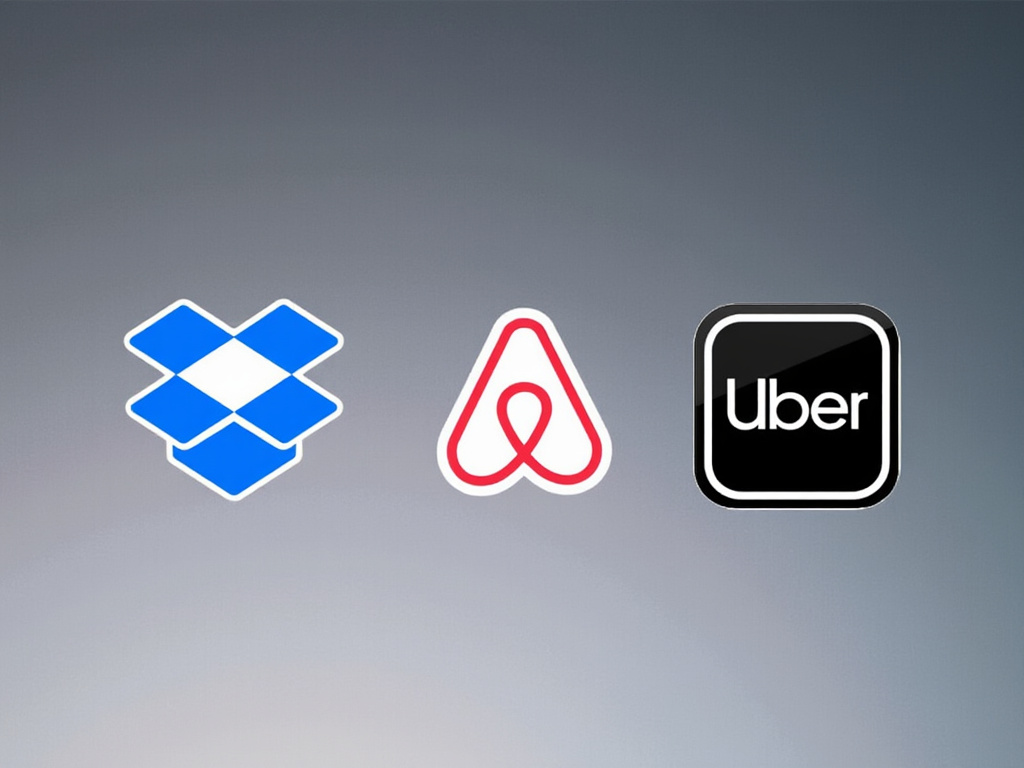What is an MVP, and Why Does It Matter for Your Startup Idea?
Discover why building a Minimum Viable Product (MVP) is crucial for startup success. Learn how to validate your business idea, save resources, and attract investors with a strategic MVP approach.

Understanding the MVP Concept: A Strategic Approach to Product Development
In today’s fast-paced startup ecosystem, launching a successful product isn’t about creating the most feature-rich solution from day one. Instead, it’s about starting with a Minimum Viable Product (MVP) – a strategic approach that has revolutionized how startups bring their ideas to market.
An MVP represents the most basic version of your product that can effectively solve your target users’ core problems. It’s not about launching an incomplete or low-quality product; rather, it’s about identifying and implementing the essential features that deliver immediate value to your early adopters.
The Evolution of MVP Methodology
The concept of MVP was first introduced by Eric Ries in his groundbreaking book “The Lean Startup.” Since then, it has become a fundamental principle in modern product development, embraced by successful companies worldwide. The methodology emphasizes learning through rapid iteration rather than spending months or years perfecting a product in isolation.
Why Your Startup Needs an MVP: The Strategic Benefits
1. Risk Mitigation Through Validation
One of the primary advantages of building an MVP is the ability to validate your business idea with minimal investment. Consider these statistics:
- 42% of startups fail due to no market need
- 29% run out of cash before achieving product-market fit
- 23% fail due to having the wrong team
An MVP helps you avoid these pitfalls by:
- Testing market demand before significant investment
- Gathering real user feedback early in the development process
- Identifying potential challenges before they become costly mistakes
2. Resource Optimization
Building a full-featured product requires substantial resources – time, money, and human capital. An MVP approach allows you to:
- Focus investments on essential features
- Reduce development time by up to 60%
- Allocate resources based on validated user needs
- Maintain flexibility in product direction
3. Faster Time-to-Market
In today’s competitive landscape, speed matters. An MVP enables you to:
- Launch your product 2-3 times faster than traditional development
- Start building brand awareness early
- Establish market presence before competitors
- Begin generating revenue while continuing development
Building an Effective MVP: Key Principles
 Successful MVP development starts with collaborative planning and clear prioritization
Successful MVP development starts with collaborative planning and clear prioritization
1. Focus on Core Problem-Solving
Your MVP should address one primary problem exceptionally well, rather than attempting to solve multiple problems adequately. This involves:
- Identifying your target users’ most pressing pain points
- Developing solutions that directly address these challenges
- Eliminating features that don’t contribute to core problem-solving
2. Implement the Build-Measure-Learn Cycle
Success in MVP development relies on a systematic approach to iteration:
-
Build: Create the minimal feature set
- Focus on essential functionality
- Maintain high quality in core features
- Ensure user-friendly implementation
-
Measure: Collect meaningful data
- Track user behavior and engagement
- Gather qualitative feedback
- Monitor key performance indicators
-
Learn: Analyze and adapt
- Interpret user feedback and behavior
- Identify improvement opportunities
- Make data-driven decisions for next iterations
3. Maintain Quality Standards
While “minimum” is part of MVP, “viable” is equally important. Your MVP should:
- Deliver a smooth user experience
- Maintain high performance standards
- Ensure security and reliability
- Present a professional appearance
Real-World MVP Success Stories
 Some of the most successful companies today started with simple MVPs
Some of the most successful companies today started with simple MVPs
Dropbox: The Power of Demonstration
Before building their product, Dropbox created a simple video demonstrating their concept. This MVP:
- Generated 70,000 email signups overnight
- Validated market demand without writing code
- Secured initial funding for development
- Proved the concept’s viability
Airbnb: Starting Small and Specific
 Airbnb founders started with a simple concept: renting air mattresses during conferences
Airbnb founders started with a simple concept: renting air mattresses during conferences
Airbnb’s MVP was remarkably simple:
- Three air mattresses in the founders’ apartment
- A basic website with photos
- Targeting conference attendees needing accommodation
- Focus on a specific market and use case
This focused approach allowed them to:
- Test their concept with minimal investment
- Gather real user feedback
- Iterate based on actual user experiences
- Gradually expand to their current global platform
Common MVP Development Pitfalls to Avoid
1. Feature Creep
Resist the temptation to add “nice-to-have” features by:
- Maintaining strict feature prioritization
- Following the 80/20 rule (80% of value comes from 20% of features)
- Regularly reviewing feature relevance
- Staying focused on core value proposition
2. Ignoring User Feedback
Your MVP’s success depends on how well you:
- Establish clear feedback channels
- Actively engage with early users
- Document and analyze user insights
- Implement valuable suggestions
3. Perfectionism
Remember that an MVP is about learning, not perfection:
- Launch when your product is “good enough”
- Accept that some features can wait
- Focus on gathering real-world data
- Plan for iterative improvements
Measuring MVP Success
Key Performance Indicators
Track these essential metrics:
- User engagement rates
- Customer feedback scores
- Conversion rates
- User retention
- Time spent using core features
Success Criteria
Define clear success metrics:
- Minimum user adoption rates
- Revenue targets
- User satisfaction scores
- Feature usage statistics
Conclusion: Your MVP as a Foundation for Success
Building an MVP is not just about creating a simplified version of your product – it’s about laying a strong foundation for your startup’s success. By focusing on core functionality, gathering user feedback, and iterating based on real-world data, you position your startup to build products that truly meet market needs.
Remember, some of today’s most successful companies started with humble MVPs. Your MVP doesn’t need to be perfect; it needs to be good enough to start the learning process and begin your journey toward product-market fit.
Start small, learn fast, and let your MVP guide you toward building a product that users love and investors believe in.
Ready to transform your idea into a successful MVP? Contact us to discuss how we can help you build and launch your MVP effectively.
Written by
Paras Tiwari
8 min read
Startup Development